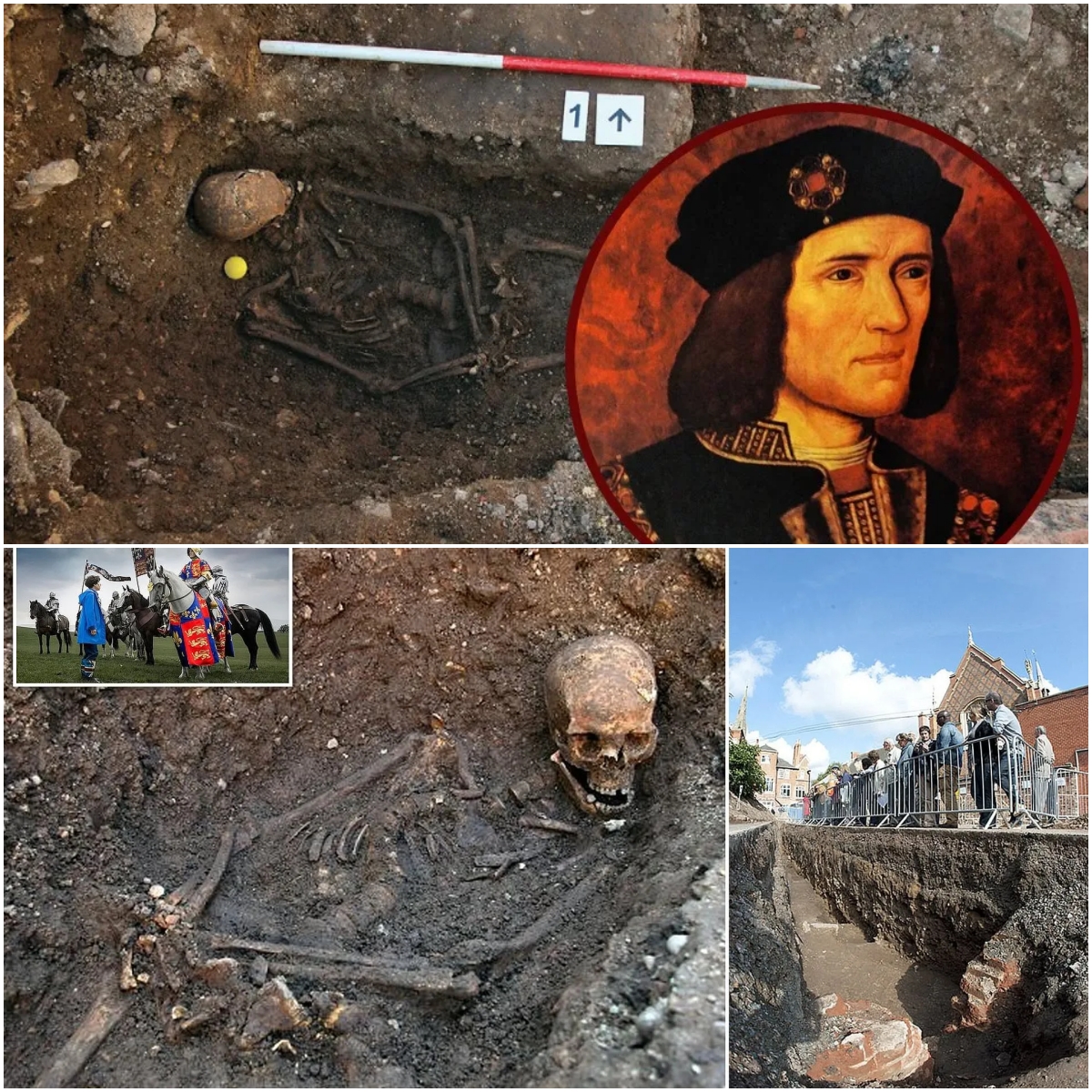Ireland’s 2,000-Year-Old Swamp Man: A Mummified Mystery
In June 2003, an incredible archaeological discovery was made in an Irish bog: the mummified torso of a man who lived more than 2,000 years ago. This rare find, known as the “Clonycavan Man”, offers valuable insight into the life of Ireland’s ancient people during the Early Iron Age. The remains of Clonycavan Man, so well preserved that even the contents of his last meal could be identified, offer a fascinating insight into the diet, stature and status of this ancient individual.
The Clonycavan Man’s body was preserved thanks to the unique conditions of the bog, where acidic, waterlogged environments prevent decomposition. This type of preservation allowed researchers to study its remains in exceptional detail. His body, although missing some parts, was well preserved, including skin, hair, and even the contents of his stomach.
Scientists were able to analyze the stomach contents and determine that his last meal consisted of wheat and buttermilk, a meal that highlights the agricultural practices of the time. In addition to these findings, his diet during the previous months showed a rich consumption of meat, a fact that offers clues about his social status and lifestyle.
The Clonycavan Man’s physical stature also stands out. With an estimated height of 1.98 meters, he would have been significantly taller than the average man of his time. According to research from the University of Oxford, the typical male height during the Iron Age in Ireland was around 1.65 metres. This notable height could indicate that he was a person of great stature, not only in physical terms but also potentially in social rank.
One of the most intriguing aspects of the Clonycavan Man remains is the state of his fingernails. They were found to be well cared for, suggesting that they did not perform manual labor, which further implies a higher social position. The fact that he may have been a person of high status is reinforced by his diet, the state of preservation of his body, and the sophisticated care that his appearance appears to have received.
Although the exact cause of his death remains uncertain, experts believe he may have been the victim of a ritual sacrifice. The good state of preservation of his body suggests that it was intentionally placed in the swamp, possibly as part of a ceremonial or religious act. Some researchers speculate that his height and overall physical appearance may have made him an important figure in his community, and his death could have been part of a ritual offering.
Today, the remains of Clonycavan Man are on display at the National Museum of Ireland in Dublin, where visitors can witness this incredible insight into ancient life. The exhibition offers the opportunity to learn more about the fascinating history of prehistoric Ireland and the lives of its inhabitants.

The discovery of Clonycavan Man has provided researchers with an unprecedented opportunity to study Iron Age Ireland in greater detail, from the diets and physical characteristics of the people to their social structures and burial practices. This mummified man, preserved in the swamp for more than two millennia, continues to captivate both scholars and the general public.
The 2,000-year-old mummified torso of Clonycavan Man is one of the most important archaeological discoveries of its kind in Ireland. With his preserved body, unusual height, rich diet and manicured nails, Clonycavan Man offers a fascinating window into the world of ancient Ireland. Their story, on display at the National Museum of Ireland, continues to inspire curiosity and wonder about the lives of people who lived so long ago.









